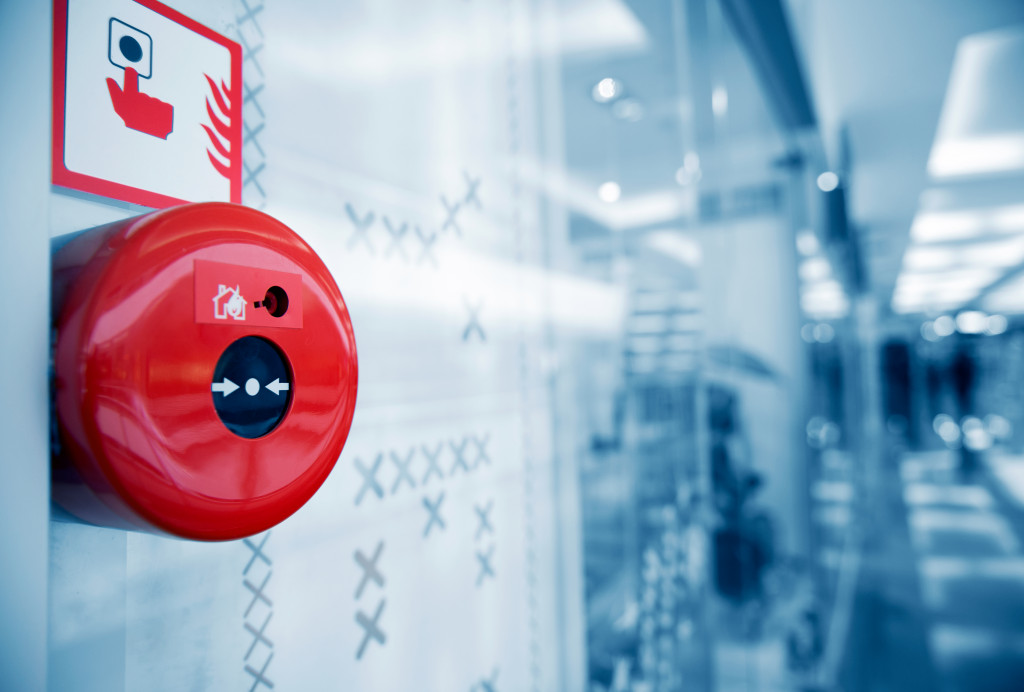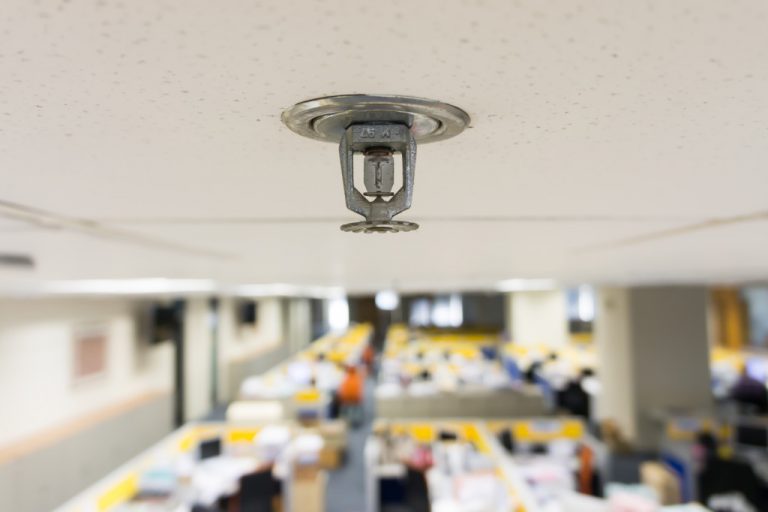While people are naturally cautious about their health, workplace safety is often overlooked. However, taking proactive steps to ensure the safety of your employees will not only improve the quality of life at work but will also save you money in the long run. The tips below will help you create an effective and comprehensive workplace safety program that protects your workers, reduces your company’s liability, and saves you money—all while improving the productivity of your business.
You’ll be able to identify the most common risks that cause injuries in workplaces, as well as learn how to protect yourself and your employees against them. If you keep these simple steps in mind, you’ll have nothing to worry about when it comes to the health and safety of your workers.
Use Social Media for Emergency Communication
Make sure your employees know that if they need to contact you during an emergency, they can call or text your cell phone first. At least once a year, remind them which of your social media profiles is appropriate for work-related communication and what you expect from them in terms of privacy and confidentiality. Then let them know how often you check those accounts.
Create an Evacuation Plan
While creating an evacuation plan might seem like a logical first step, most companies don’t give much thought to their emergency action plans (EAPs) until they need them. Why wait? While it can be costly, your employees’ safety is well worth spending some time and money on preparation. And you never know when disaster will strike. An EAP is essential for both businesses and homes; simply create an evacuation plan with drills incorporated as often as possible.
By including everyone in your organization or home, you ensure that everyone knows what they are doing—and more importantly where to go—in case of fire or another natural disaster. It’s also important to include managers/owners, guests, clients, and customers in these drills so that people become familiar with how fast they need to get out in certain situations.
Plan Your Bug Out Location
Because your bug-out location can become your home in a disaster situation, you need to plan it out well. It needs to be defensible should an emergency occur. Ideally, you want it in a remote area that is close enough for help when needed but far enough away from cities or roads for easy defense. This area should have its water supply so that you don’t have to worry about carrying water with you on your way out of town.
Test Your Fire Alarms Regularly

Everyone has seen a fire extinguisher in action, but most people know very little about how they work. You must keep your fire extinguishers in good working order, and while you’re at it, it wouldn’t hurt to make sure everyone knows what they are and how they should be used. Take some time every six months or so to test them out by spraying a bit of dry powder into a metal bucket or even onto cardboard.
Have Emergency Information Handy
Make sure that your employees have a copy of emergency information readily available. It can include phone numbers for poison control and medical clinics, as well as the fire department and police contact information. Additionally, it may be helpful to know who is in charge of responding if there is an emergency, along with their contact information. You may also want to include details about insurance policies and prescription medications in case of an accident or illness.
Partner With Occupational Clinicians
Workers’ compensation claims are expensive for employers, and many are looking for ways to lower their rates. Occupational therapists have a lot of great insights into workplace safety. If you work with an occupational clinician, they can help you prevent these costly accidents from happening in your workplace. They can also evaluate if your workplace is safe and make recommendations on how to make it even safer if needed.
Present to Employees About Your Safety Outline
Many experts recommend presenting them with an outline of your policies and what they mean in simple terms they can understand. By getting key information out of a handbook and into plain language, you improve your chances of making a lasting impact on their behavior. You can also set meetings and presentations to go over any questions or concerns they might have about your policies; getting everyone on board makes for much safer workplaces overall.
Use catchy slides and diagrams that help explain workplace hazards and strategies for avoiding them. You can put it on a website where they can all visit it as a guide. Invest in a good, professional web design service to maximize the results.
The effectiveness of business or office safety should be part of a building management plan. In addition, employers must consider local health and safety laws and their requirements for workplace insurance. Finding a single solution that suits everyone can be difficult so take these tips and apply them to your workplace.




